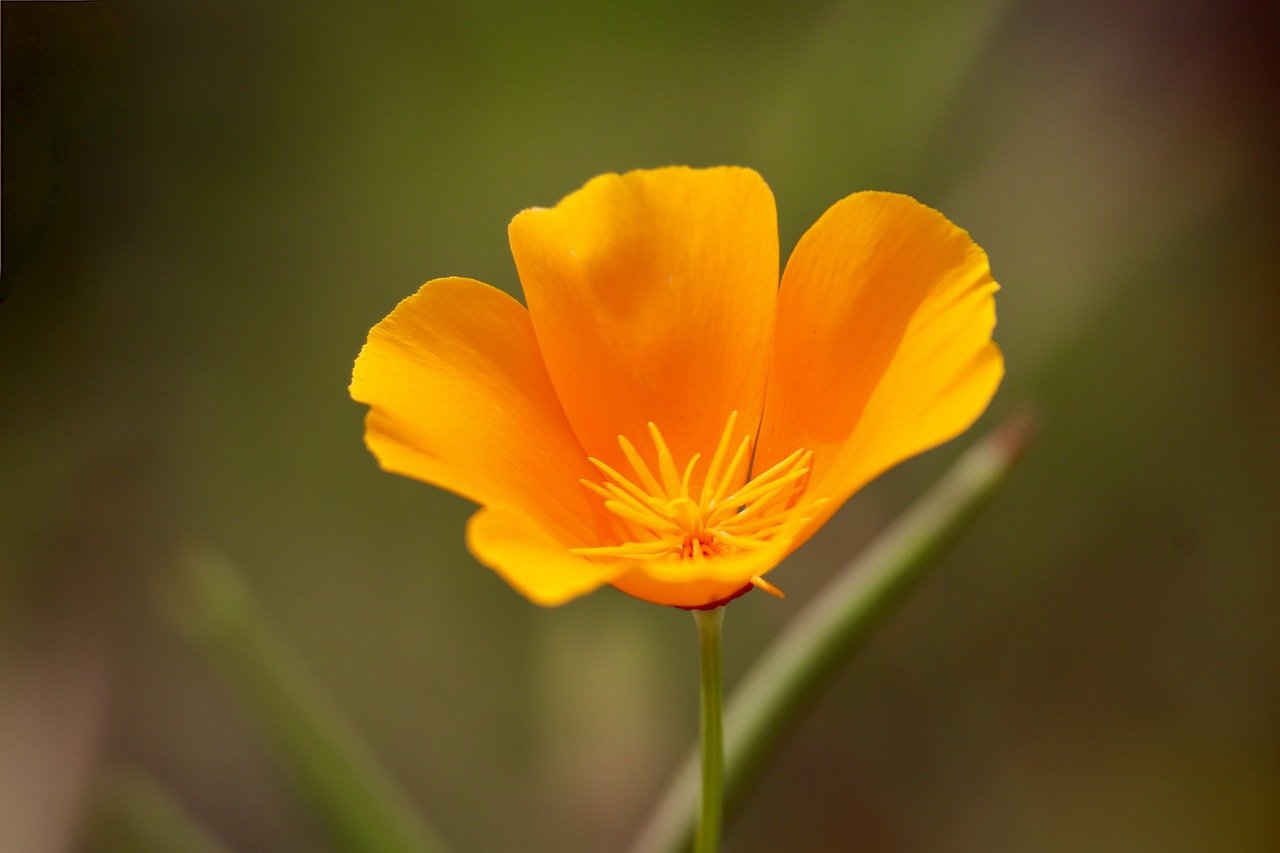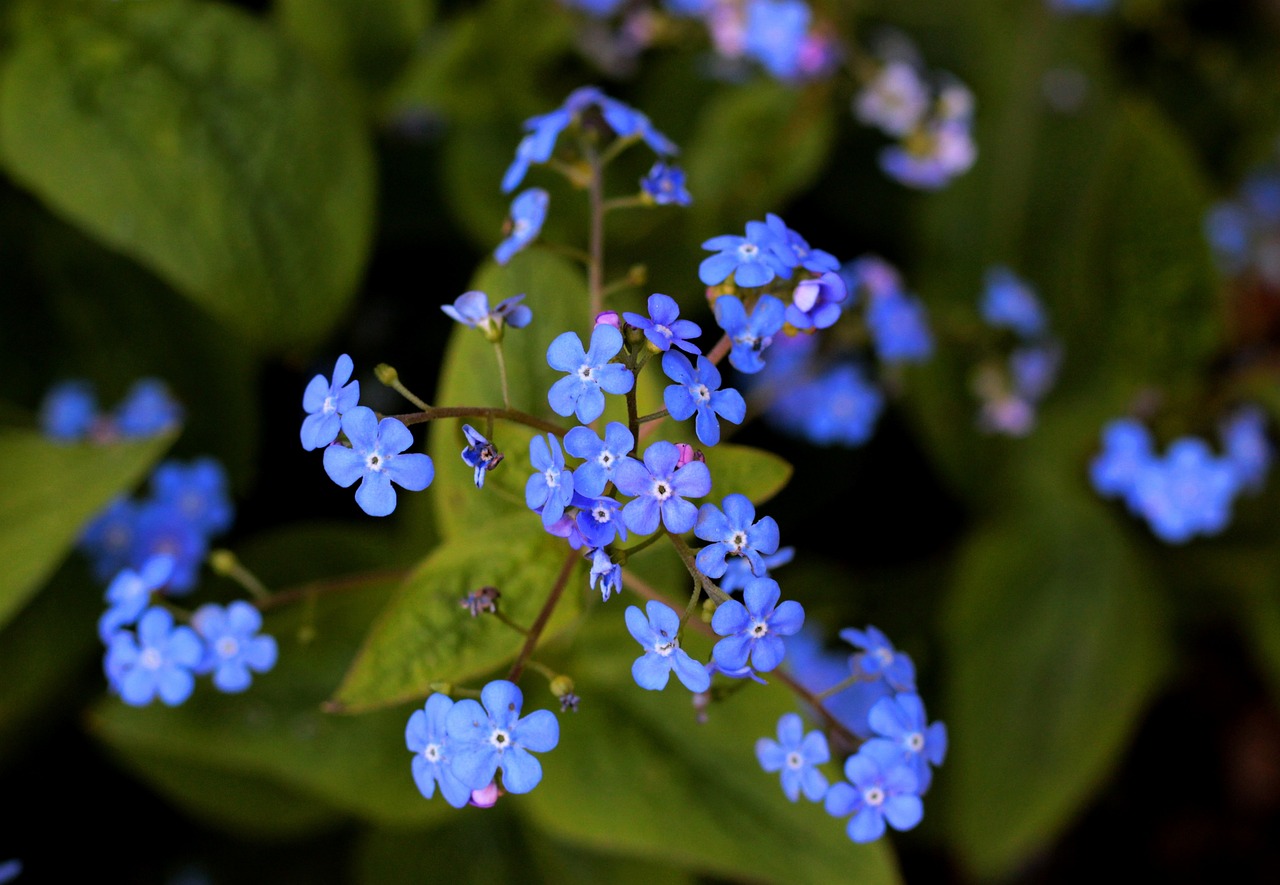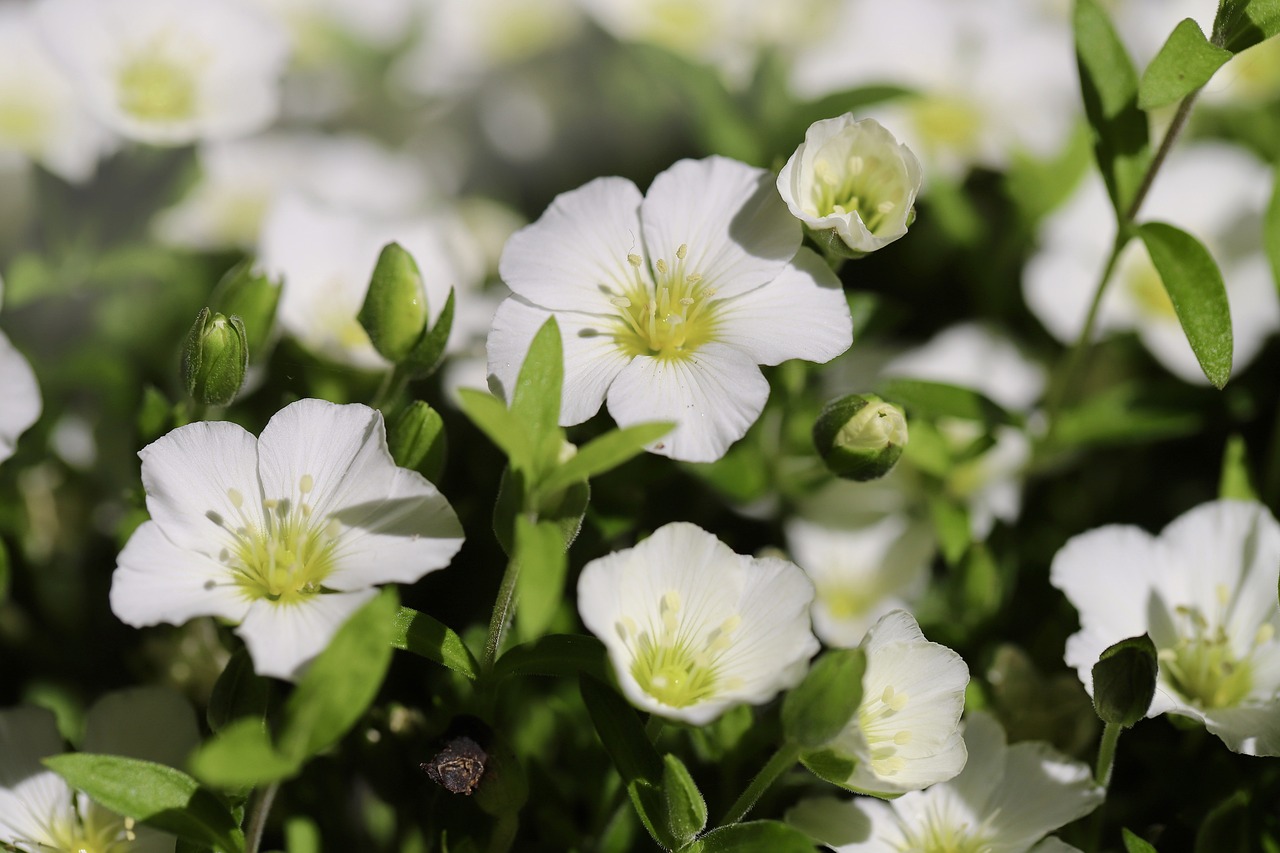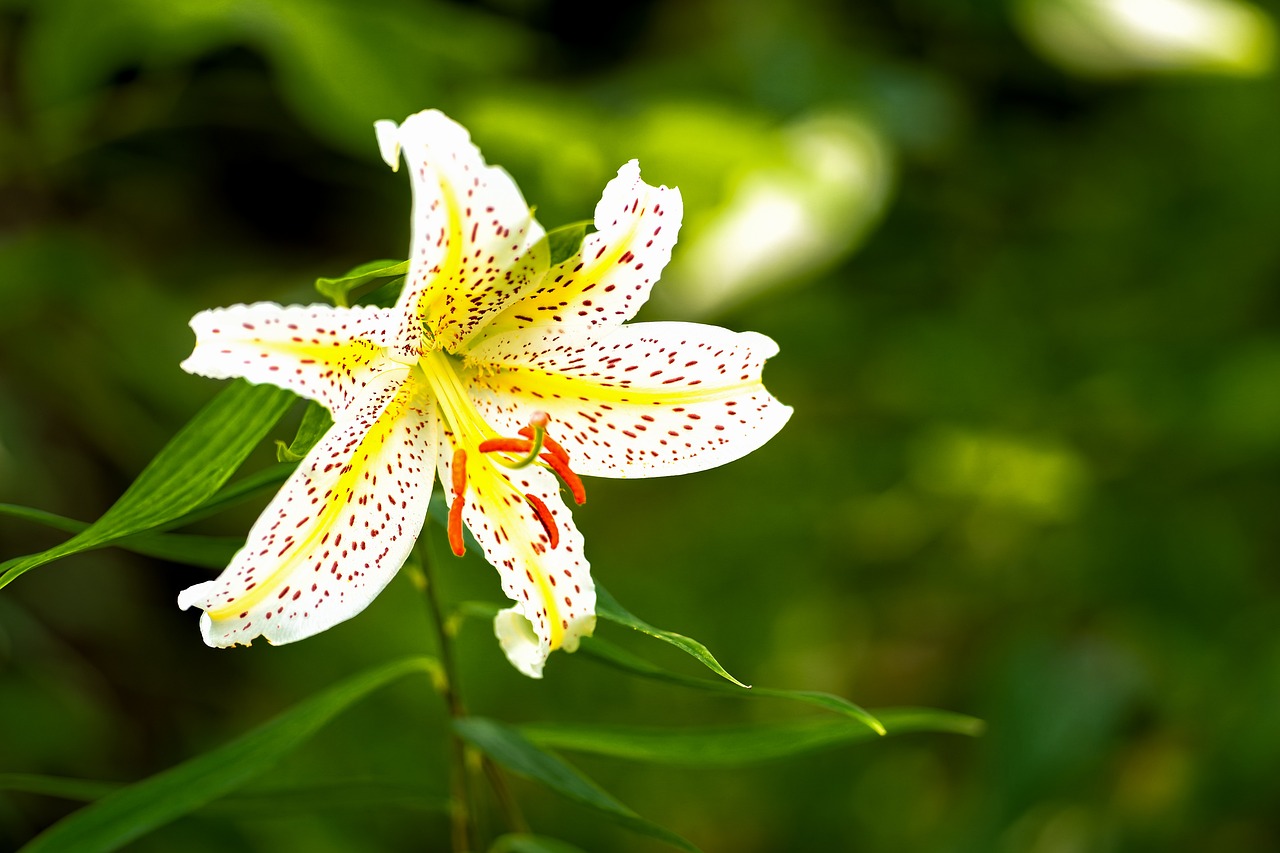Odorikoso | The Dancer’s Flower from the Satoyama
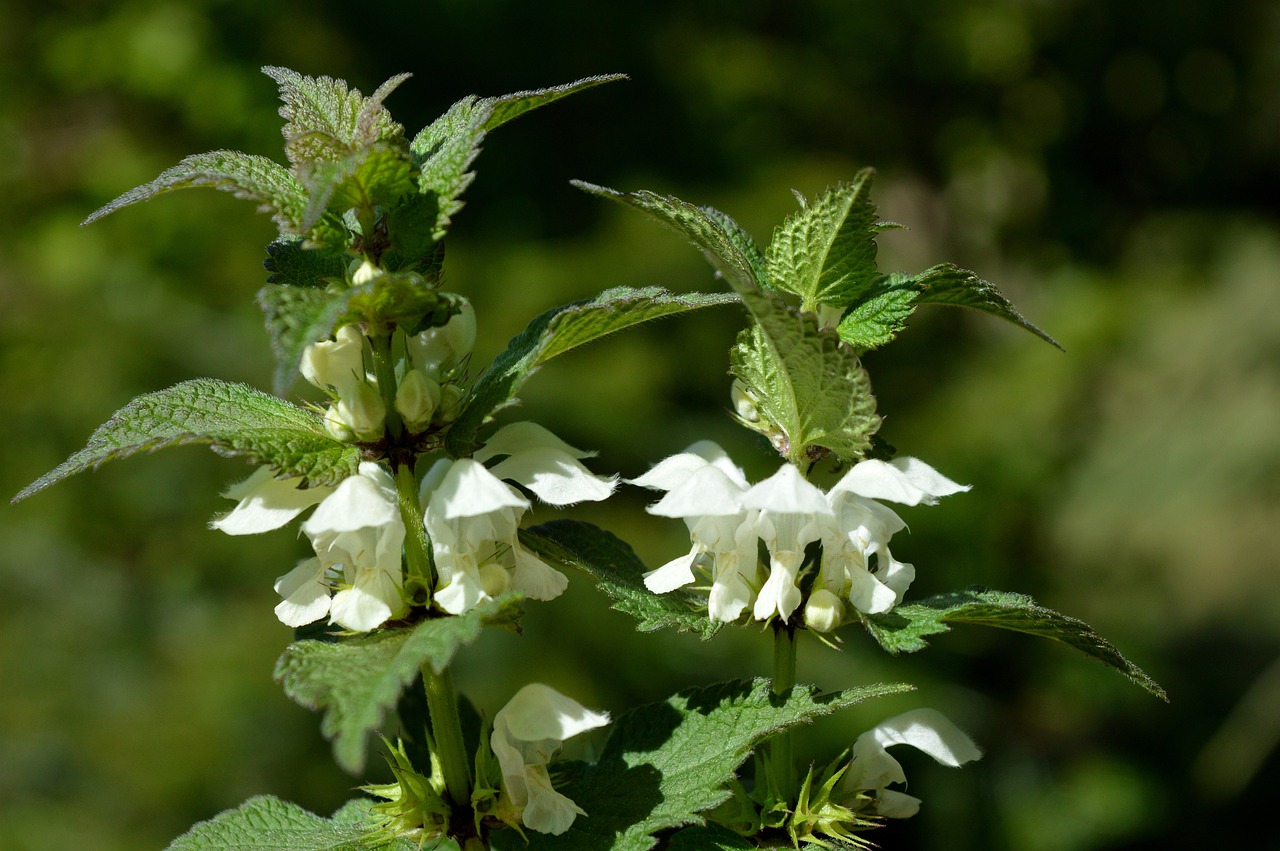
I would like to introduce Odorikoso, a perennial plant that blooms with pale pink and white flowers from spring to early summer, and is cherished in Japan as a native wildflower.
The name comes from the resemblance of its blossoms to dancers wearing hats. With its soft appearance and the beauty of its colonies, this plant is also well-suited for natural-style gardens.
In this article, I will explain the basic information about Odorikoso, its cultural background and history, as well as gardening tips for growing it.
Basic Information
- Scientific name: Lamium album
- Family: Lamiaceae
- Origin: Europe, Asia
- Appearance: The stems grow upright or slightly slanted, reaching 30–60 cm. The leaves are opposite, heart-shaped with fine serrations. In spring, flowers bloom in whorls along the nodes, creating a soft and delicate impression.
- Blooming season: April – June
Cultural Significance Around the World
Odorikoso has been appreciated in different regions for its delicate appearance and natural charm.
In Europe, it is known as the “White Deadnettle.” Unlike stinging nettles, it does not sting and is considered a gentle plant. For this reason, it has symbolized domestic virtues and modest beauty, often used as a border plant in gardens.
In Japan, it has long been familiar as a wildflower. Its clustered blooms resemble groups of dancers, which led to its Japanese name “Odorikoso” (Dancer’s Flower). Because of its cultural symbolism, it is also valued in traditional Japanese-style gardens.
Historical Episodes
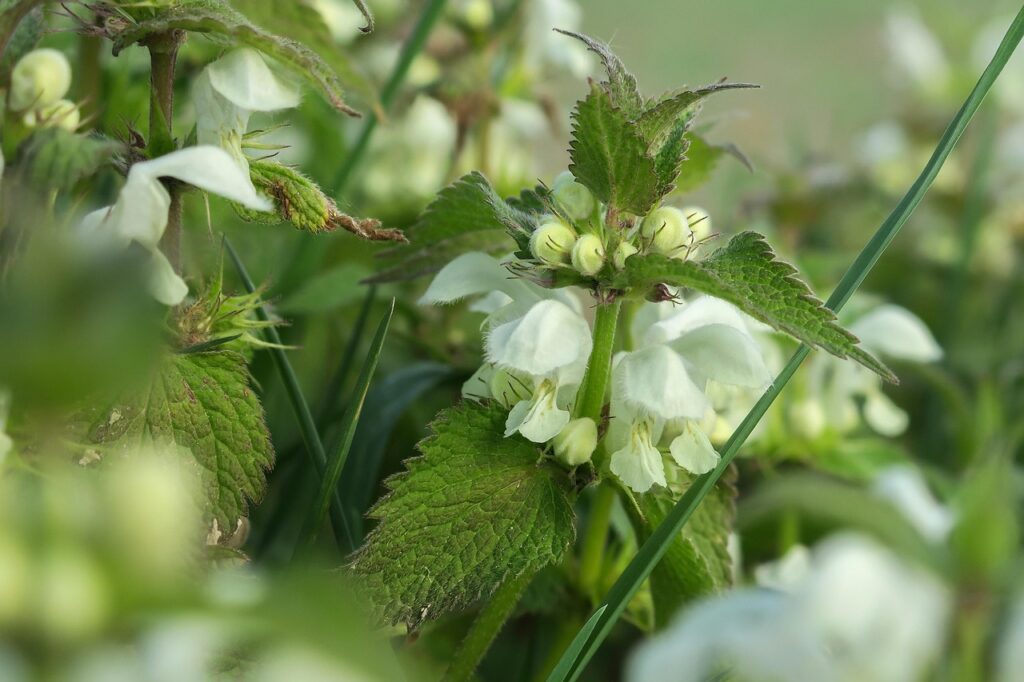
Records of Odorikoso can be found in both ancient European and Japanese texts, showing that it has been part of human life for centuries.
In medieval Europe, it was often planted in monastery gardens, where it bloomed quietly as part of daily life. It also appeared in manuscript illuminations and botanical illustrations, representing the beauty of nature.
In Japan, it was included in Edo-period botanical encyclopedias and admired not only as an ornamental plant but also as a seasonal flower that marked the arrival of spring. Poets featured it in haiku and tanka, highlighting its literary presence.
Gardening Advice
Odorikoso thrives in natural gardens and semi-shaded spaces, forming beautiful clusters when planted in suitable environments.
Light
Prefers bright shade or partial shade. Prolonged strong sunlight may cause leaf scorch.
Watering
In the ground, rainfall is usually sufficient. During dry periods, water moderately. In pots, water when the surface soil dries.
Soil
Moist, well-drained soil is ideal. Mixing in leaf mold improves water retention and aeration.
Fertilizer
Grows well even with little fertilizer, but applying a small amount of slow-release fertilizer in spring encourages vigorous growth.
Pruning
Removing spent flowers helps maintain the plant’s form. If it spreads too widely, lightly cut it back.
Cold resistance
Hardy to cold; even if the above-ground part withers in winter, new shoots emerge in spring. No special protection is necessary.
Conclusion
Odorikoso is a perennial that produces soft blossoms in spring and has been cherished in both Japan and Europe since ancient times.
Named for its resemblance to dancing figures, its graceful presence makes it beloved in gardens of many styles. Thriving even in shaded areas, it spreads naturally and beautifully, making it ideal for natural gardening.
Whether in literature or horticulture, Odorikoso continues to be embraced as a wildflower of quiet charm, valued by many even today.

